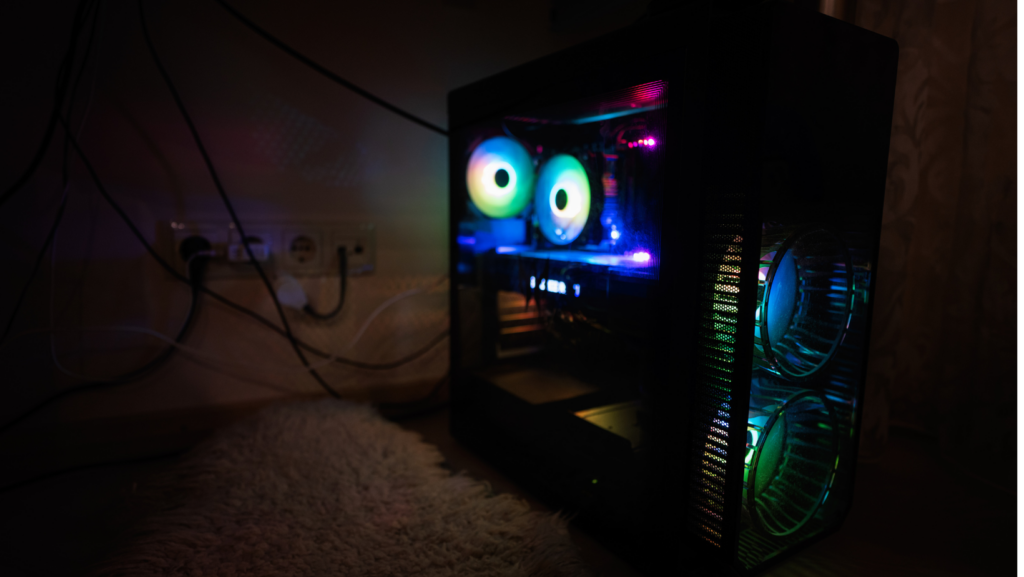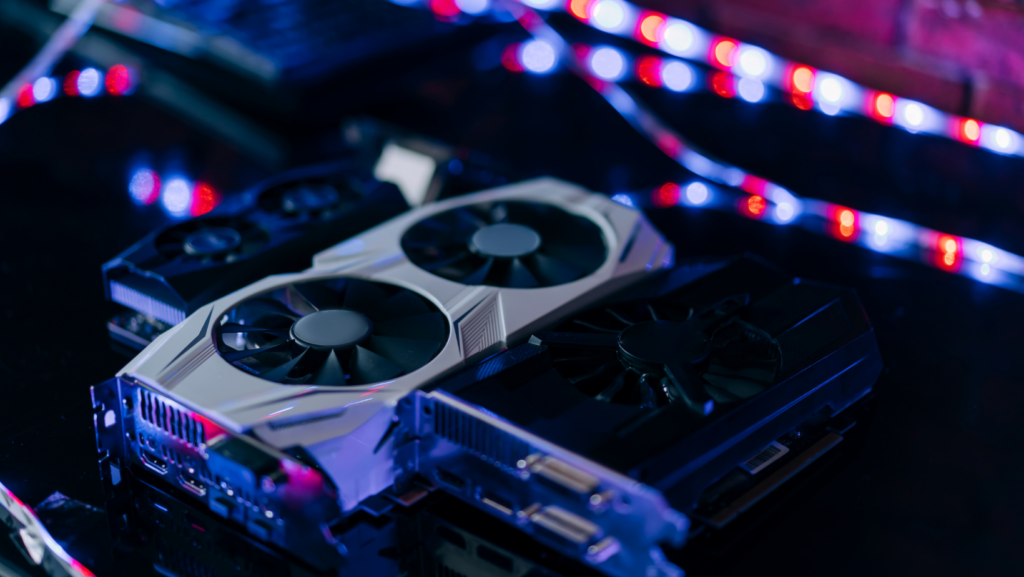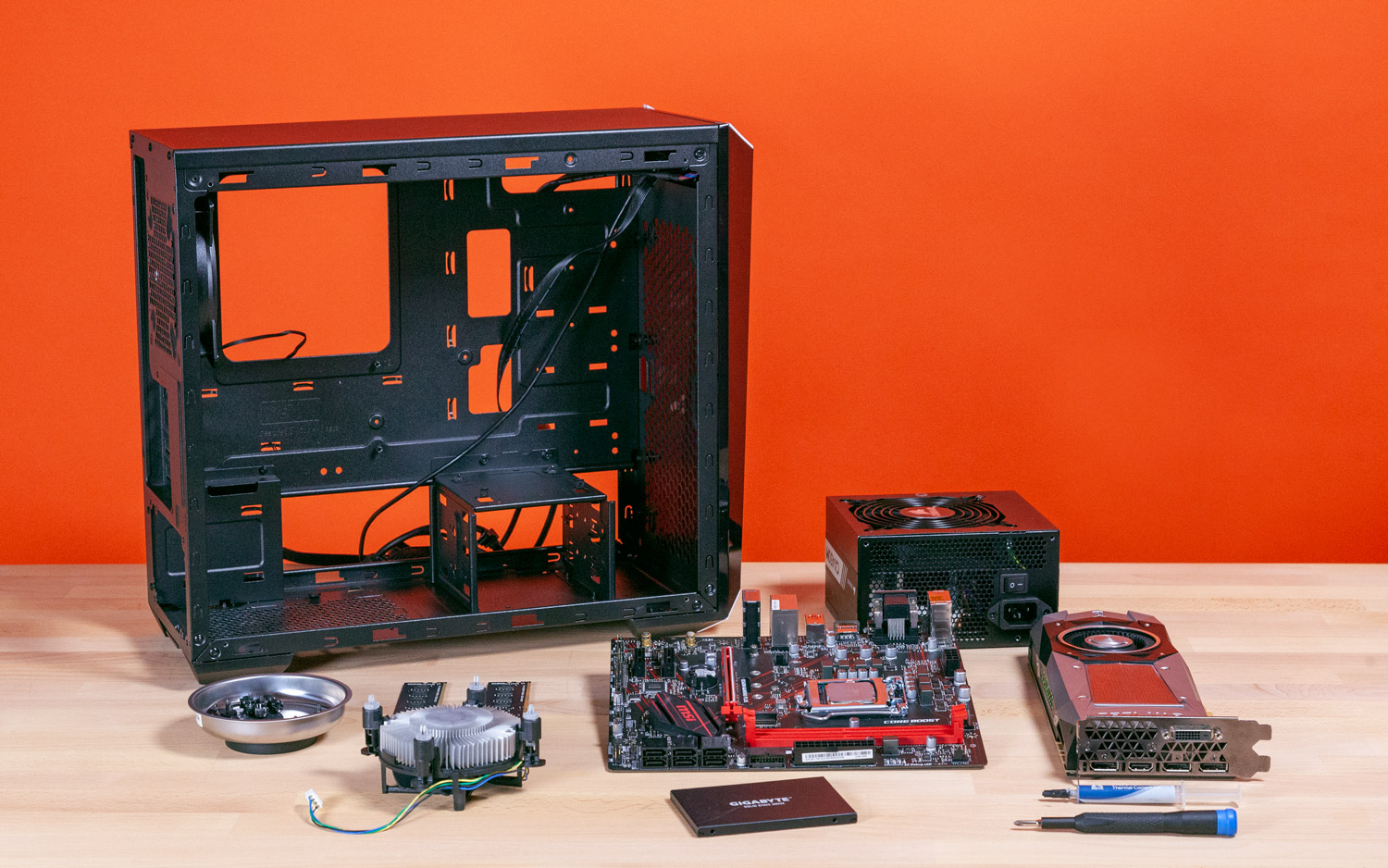Are you looking to build a PC but unsure where to begin or what you need to complete the project? I understand your predicament but worry not; you came to the right place since this guide will take you through the components you need to custom-build your PC.
While you will undoubtedly encounter some problems while building your PC, you will also enjoy the project, boost your problem-solving skills, learn a new skill, and ultimately own a fully-customized PC.
Read on to see the key components you will need to build a PC.
What Do You Need To Build A PC? (Quick Answer!)
When building a PC, you will need a processor (CPU), motherboards, Graphics Processing Unit (GPU)/ video card, RAM/ memory, cases, storage, Power Supply Unit (PSU), and Operating System (OS). In addition, get a keyboard, mouse, monitor, and fan/ CPU heatsink.

Parts Needed to Build a PC (PC Components List)
Here are the key components you will need when building a PC:
1. Processor (CPU)
This is arguably the most important component in a computer since it serves as its brain. While there are plenty of options in the market, AMD and Intel are the most popular. You will also find multiple choices within these brands but go for the latest generation, like Intel’s 12th Gen i7 or i5, to build a high-end PC.
2. RAM
You can never have too much RAM, so go for the most RAM you can get. However, to be practical, get 8GB of RAM for basic use and 16GB or 32 GB of RAM if you want to build a gaming PC. Remember, RAM comes in different designs, sizes, and speeds.
Moreover, desktop motherboards have many RAM slots (usually 2 to 8), so you can easily upgrade your PC’s RAM or even decrease it.
3. Motherboard
This big circuit board connects all the PC’s components and facilitates communication between various hardware. You can choose a lower-end motherboard or a feature-rich pricier motherboard with numerous bells and whistles.
The ideal motherboard for your project will depend on your desired features and the CPU you bought. Consider connectivity options, overclocking capacities of the CPU, and lighting when selecting a motherboard.
4. Graphics Processing Unit (GPU)
You need the best graphics card if you are a gamer since it lets your PC perform intricate graphics calculations making your games look great. Nvidia and AMD are the leading graphics card brands offering low-end and high-end models.
5. Storage
Equip your PC with enough storage space to ensure you never run out of space to store your files, data, OS, and games. Hard Disk Drives (HDD) are more traditional and cheaper, while Solid State Drives (SSD) are more modern (found in most newer computer models), more durable, faster, and quieter, but they cost more.
Remember, a PC can have multiple hard drives depending on how many SATA ports the motherboard has.
6. Cases
You can find computer cases in all sizes and shapes, making them among the most customizable PC parts. However, each case has a place for the motherboard, power supply, and other parts, regardless of the layout or brand.
When picking a PC case, consider the size (a bigger case is better if you intend to do plenty of custom work like having multiple fans), cooling, and appearance.

7. Power Supply Unit (PSU)
While any power supply unit will work for a simple PC, it’s worth researching the quality, wattage, and efficiencies when building a complex system. Ensure you have sufficient wattage if you’re using a custom cooling loop or multiple/ high-end video cards.
8. Monitor
You will need a monitor or multiple monitors for your PC to play games or run other tasks. Monitors are available in various resolutions, sizes, colors, and aspect ratios, and you must consider these factors when picking a monitor for your PC.
You can choose an entry-level, simple 1920 x 1080 monitor or opt for higher resolutions like 3840 x 2160 (4K) or 2540 x 1440. In addition, 144Hz or 240Hz refresh rates will give you a significantly smoother screen. It would also be best to ensure your monitor supports AMD’s Freesync or Nvidia’s G-Sync, depending on the GPU you bought.
9. Keyboard
Keyboards come in different types, such as membrane, ergonomic, mechanical, and flexible. For that traditional feel, go for a membrane keyboard and a mechanical keyboard for precise tactile feedback. Additionally, decide if you want a wired or wireless keyboard, RGB lighting, and macro keys.
10. Mouse
Buy a mouse that matches your style and feels right on your hand, and remember, computer mice are either wired or wireless. You may also want a mouse with a unique design.
11. Operating System (OS)
Unless you write a working program, you won’t be able to run programs on your PC without an operating system. Popular choices include Windows and Linux.
What Do You Need to Build a PC? (Step-by-Step Video)
Conclusion
Once you gather the above components, you can build a PC from scratch, provided you possess the know-how. Building a PC may seem daunting, but computer parts are designed to facilitate easy assembly. However, ensure you buy compatible components and research extensively.

